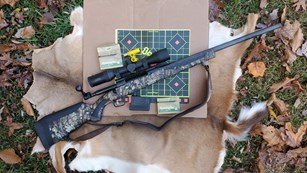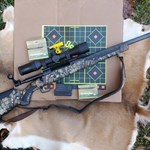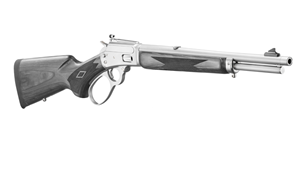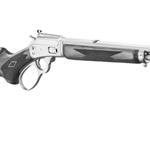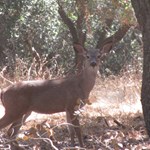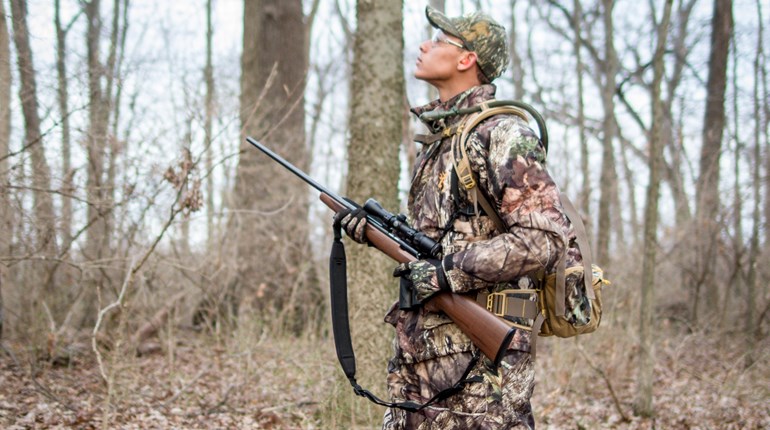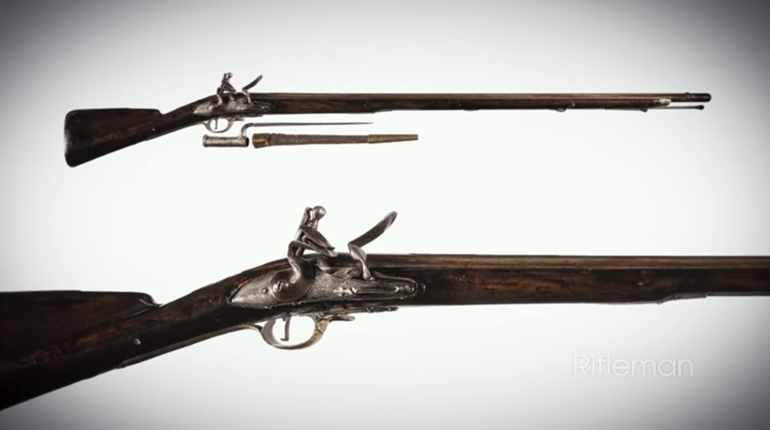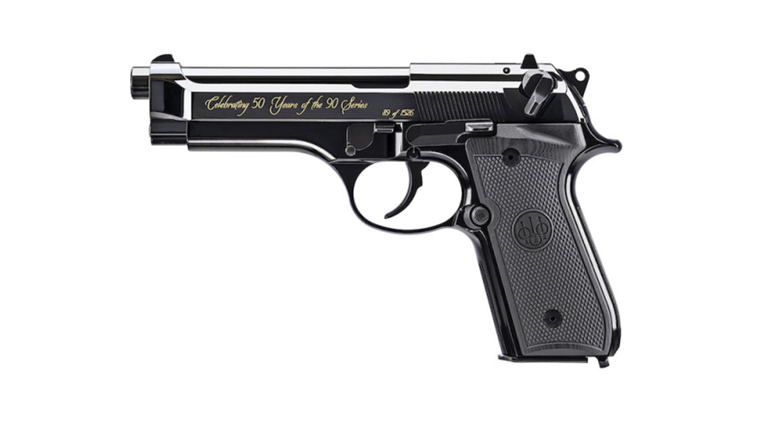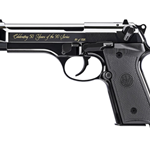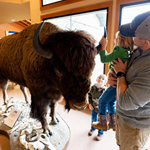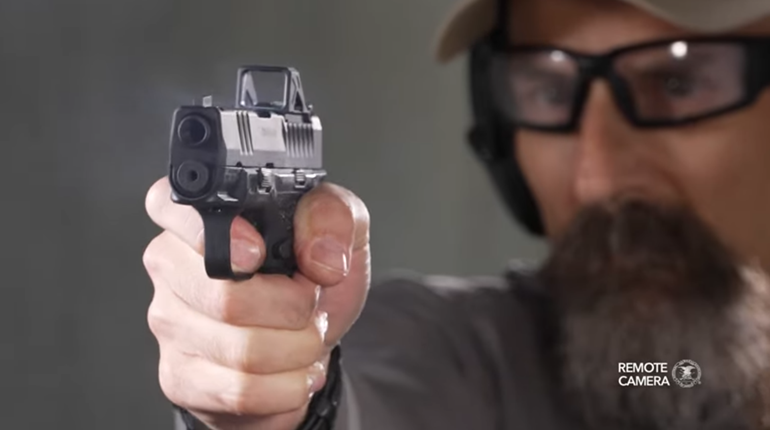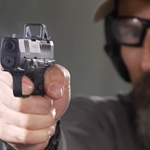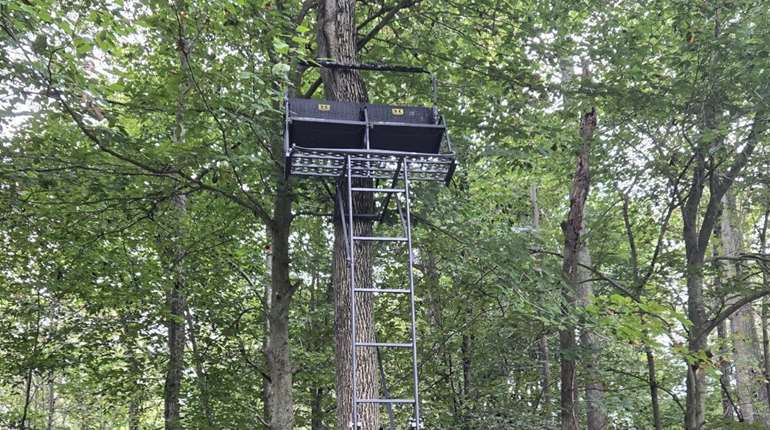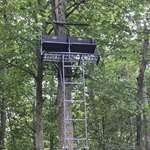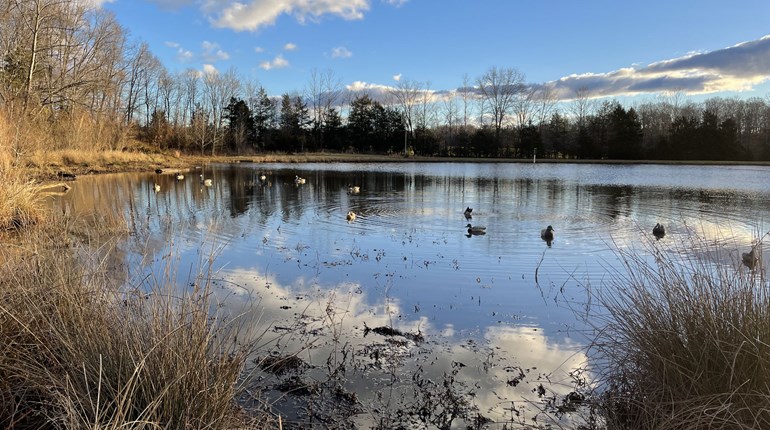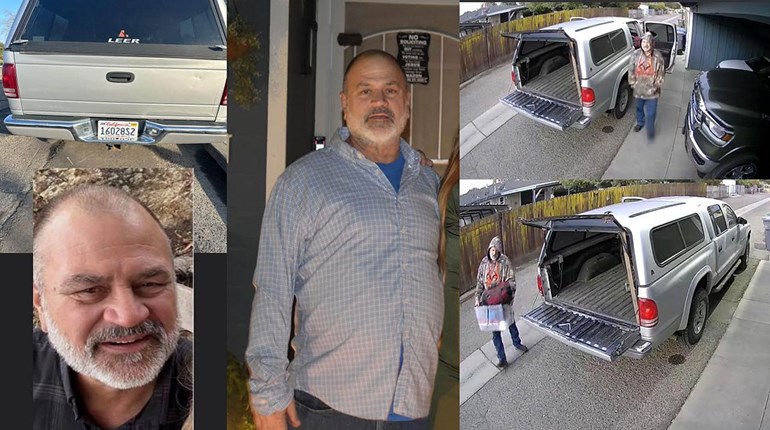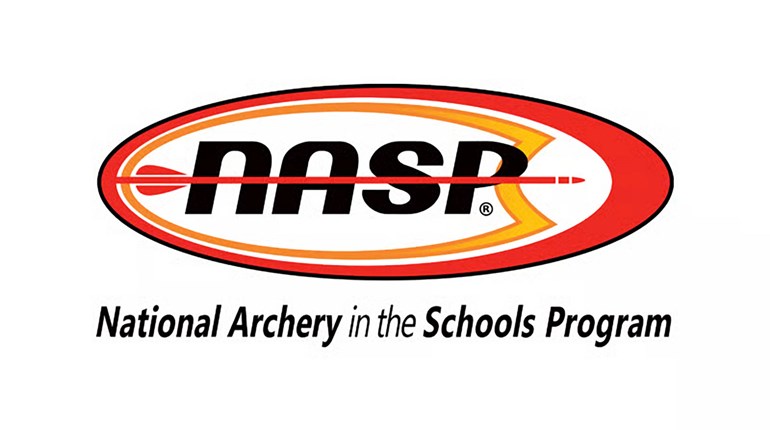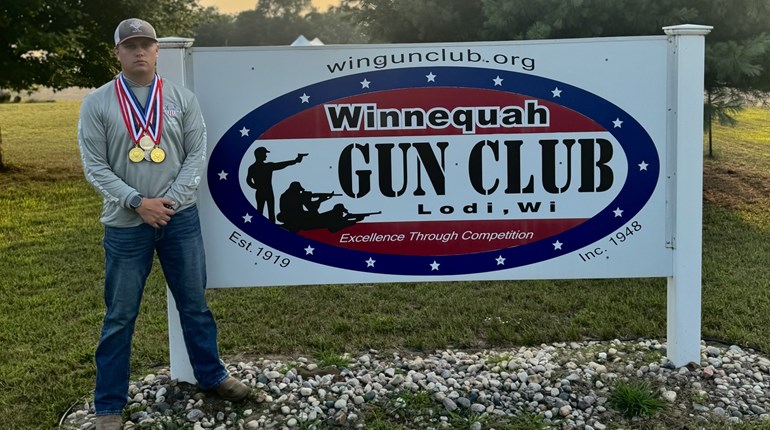** When you buy products through the links on our site, we may earn a commission that supports NRA's mission to protect, preserve and defend the Second Amendment. **
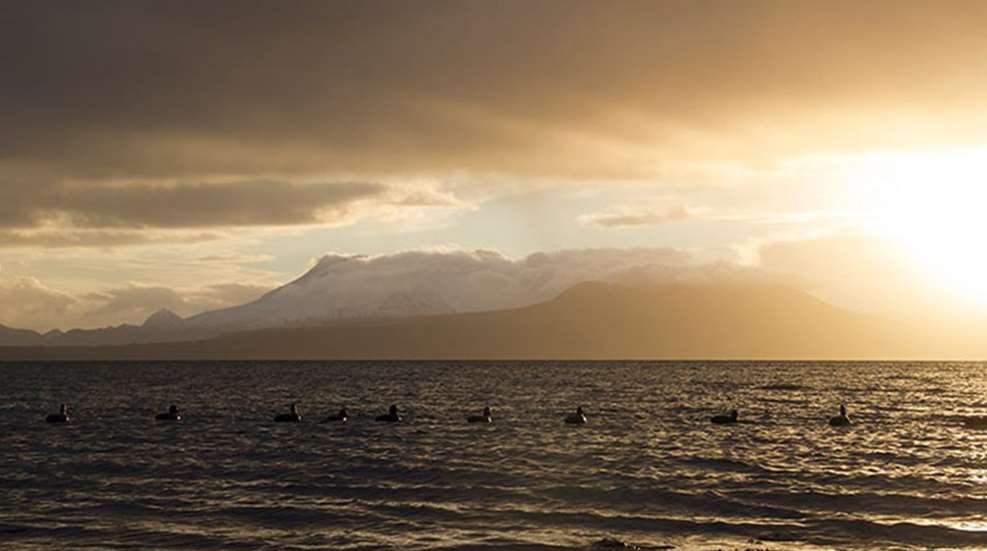
If you read our recent article, "The Day the Duck Hunters Died," you might have been horrified by how quickly weather conditions overtook those hapless waterfowlers. But you don't necessarily have to be a waterfowler to run afoul of foul waters, and it doesn't necessarily have to be cold outside for you to contract hypothermia. Here's how not to.
Anyone who's active on the water can be at risk if the water temperature is low enough. Water doesn't have to be icy cold to cause hypothermia; it just has to be colder than you are. Water under 70 degrees Fahrenheit can rob the body of heat 25 to 30 times faster than air. Always approach water with caution and safety in mind, and follow these nine hints:
1. Dress for the water temperature, not the air temperature. Wear lots of layers to help you survive if you do end up in the water.
2. Always wear a personal flotation device in boats or when wading...even if you are a strong swimmer.
3. When using a boat, make sure the weight is evenly distributed. Never overload the boat. Know if and how well your boat floats if overturned or filled with water.
4. Minimize standing and moving on a boat. Remain seated when shooting, bracing yourself for the gun's recoil.
5. If you fall in the water or your boat capsizes, get out of the water quickly. If you cannot, cover your face with your hands to avoid the sudden involuntary intake of breath known as the "torso reflex." When this occurs, cover your mouth to avoid gulping cold water into your lungs.
6. Try to hold on to something that floats, even decoys.
7. To conserve heat, tighten the clothes you are wearing. The water trapped inside your layers of clothes will warm up from your body heat and act as a wetsuit.
8. Do not try to swim, unless there is a nearby boat, person or floating object which you could board or use for flotation. Swimming can cause debilitating cramps and can reduce your survival time by almost 50 percent.
9. Get into the Heat Escape Lessening Position (HELP). Bring your knees up to your chest and grasp your hands together over your chest. This position helps protect your head, neck and groin and other body areas most prone to heat loss.
Anyone who's active on the water can be at risk if the water temperature is low enough. Water doesn't have to be icy cold to cause hypothermia; it just has to be colder than you are. Water under 70 degrees Fahrenheit can rob the body of heat 25 to 30 times faster than air. Always approach water with caution and safety in mind, and follow these nine hints:
1. Dress for the water temperature, not the air temperature. Wear lots of layers to help you survive if you do end up in the water.
2. Always wear a personal flotation device in boats or when wading...even if you are a strong swimmer.
3. When using a boat, make sure the weight is evenly distributed. Never overload the boat. Know if and how well your boat floats if overturned or filled with water.
4. Minimize standing and moving on a boat. Remain seated when shooting, bracing yourself for the gun's recoil.
5. If you fall in the water or your boat capsizes, get out of the water quickly. If you cannot, cover your face with your hands to avoid the sudden involuntary intake of breath known as the "torso reflex." When this occurs, cover your mouth to avoid gulping cold water into your lungs.
6. Try to hold on to something that floats, even decoys.
7. To conserve heat, tighten the clothes you are wearing. The water trapped inside your layers of clothes will warm up from your body heat and act as a wetsuit.
8. Do not try to swim, unless there is a nearby boat, person or floating object which you could board or use for flotation. Swimming can cause debilitating cramps and can reduce your survival time by almost 50 percent.
9. Get into the Heat Escape Lessening Position (HELP). Bring your knees up to your chest and grasp your hands together over your chest. This position helps protect your head, neck and groin and other body areas most prone to heat loss.







